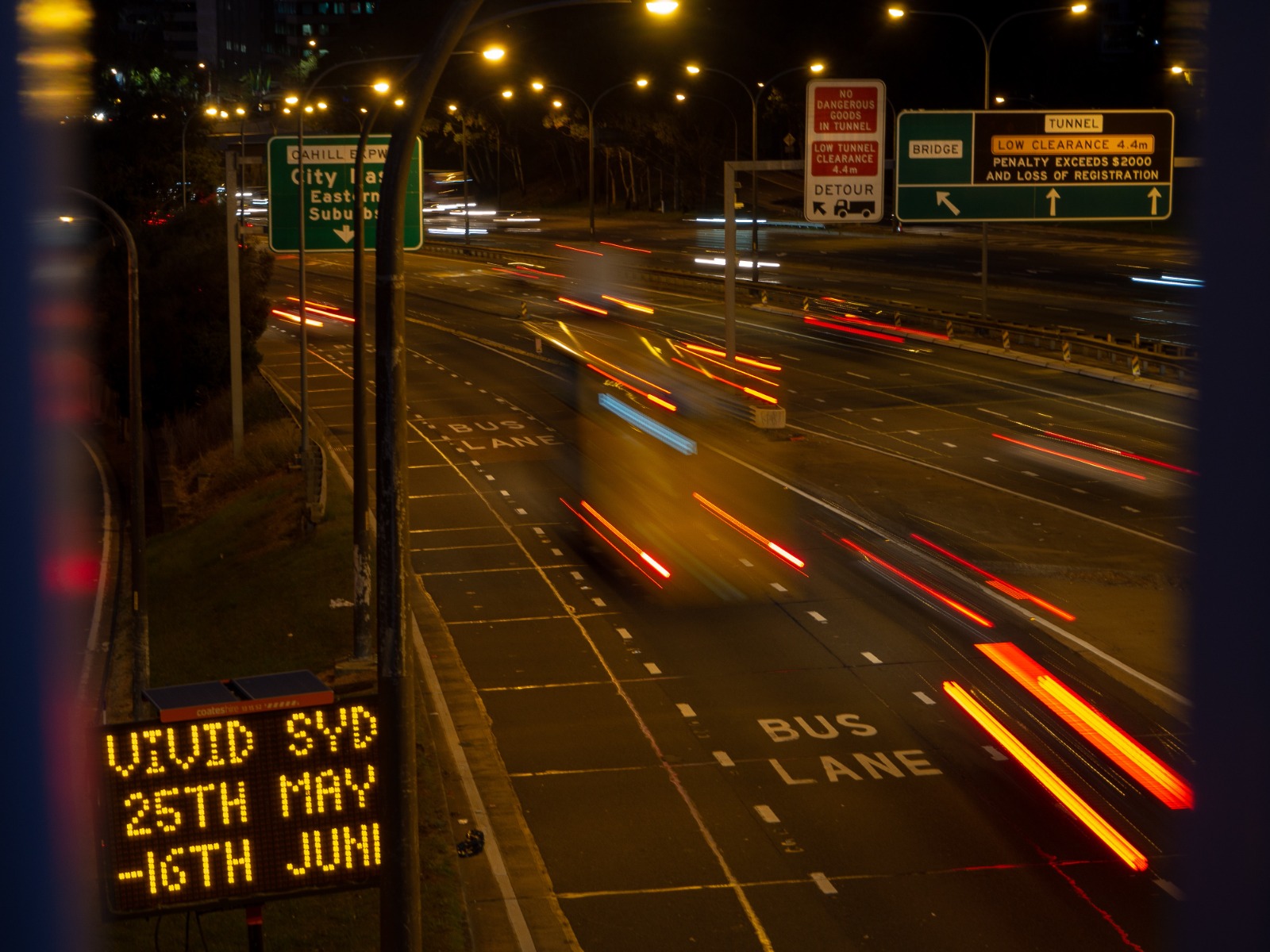Public Transport Bus Schedule Optimisation

With optimised bus schedules, commuting's a breeze,
Transporting you quickly, wherever you please.
A reliable solution for getting around town,
Public transport's the way to go, don't let yourself down.
Public transport plays a vital role in any urban environment, providing a means for millions of people to commute efficiently and sustainably. A key aspect of providing a reliable and efficient public transport service is optimising bus schedules.
Optimising bus schedules is like solving a puzzle - you need to fit all the pieces together in the most efficient way possible to provide a smooth and reliable service for commuters.
As said by Tanya Snyder, “Public transportation is an essential part of our urban and suburban communities - it connects people to jobs, education, healthcare, and entertainment."
We at Bluesky understand the importance of bus schedule optimisation and hence will talk about the factors influencing it, methods for optimisation, and some implementation techniques. Let's dive in!
The Importance of Public Transport Bus Schedule Optimisation
Optimising bus schedules is crucial for several reasons,
Minimising Wait Times
Optimised bus schedules lead to shorter wait times for passengers, increasing their overall satisfaction and promoting the use of public transport in their daily lives.
For example, a city's public transport authority notices that during the morning and evening rush hour periods, passengers at certain bus stops experience long wait times. To address this issue, they analysed passenger demand data and decided to increase the frequency of buses during peak times. As a result, passengers at these stops experience shorter wait times, which improves their overall satisfaction with the service.
Reducing Congestion
By optimising bus schedules, public transport systems can reduce the number of vehicles on the road, helping to alleviate traffic congestion that is normally seen on roads at peak hours. It can also reduce accidents that happen due to congestion.
Let’s look at an example. A major city is suffering from severe traffic congestion due to the high number of private vehicles on the road. The transportation authority of the city decides to optimise bus schedules by introducing express bus routes that bypass heavily congested areas. This encourages more people to use public transport instead of private vehicles, helping to reduce traffic congestion.
Lowering Operational Costs
Efficient scheduling reduces operational costs for transport operators, as fewer buses are needed to meet demand.
Let’s check an example, you own a bus company that is struggling with high operational costs due to inefficient scheduling. By analysing the existing schedules and fleet size, you can identify opportunities for better route planning and more efficient use of the buses. You implement a new schedule that reduces the number of buses needed to meet demand, lowering operational costs.
Environmental Benefits
Optimised bus schedules lead to lower fuel consumption and fewer emissions, contributing to cleaner air and a greener environment.
For e.g., a city aims to reduce its carbon footprint by promoting the use of public transport. They optimise bus schedules to ensure buses run more efficiently, reducing fuel consumption and emissions. They also introduce electric buses to their fleet, further contributing to a cleaner environment.
Factors Influencing Bus Schedule Optimisation
Several factors impact bus schedule optimisation, such as:
Passenger Demand
The optimisation must consider fluctuations in passenger demand throughout the day, week, and year to ensure adequate service levels.
For example, during morning and evening rush or office hours, there is an increased demand for buses as people travel to and from work. On weekends and holidays, the demand may vary, with more people using the service for leisure activities. Seasonal events, such as Christmas shopping or vacations, can also affect passenger demand.
Bus Fleet Size
The number of buses available for service influences the optimal scheduling strategy.
Let’s use another example. A small city with a limited number of buses may need to optimise their scheduling to ensure that buses cover all the necessary routes. Whereas, a larger city with a more extensive bus fleet may have more flexibility in scheduling, allowing for more frequent service on high-demand routes.
Route Configuration
Routes must be carefully planned to serve as many passengers as possible while minimising travel time.
For example, in a city with a river and limited bridge crossings, routes must be designed to efficiently serve both sides of the river, minimising the number of bridge crossings and travel time. Whereas, in a city with a central business district, routes might be planned to cover this area to facilitate commuter travel.
Traffic Conditions
Real-time traffic data should be incorporated into optimisation efforts to account for changing road conditions.
For example, an accident on a major road during rush hour may cause significant traffic delays. By incorporating real-time traffic data into scheduling and route optimisation, the transit authority can reroute buses to avoid congestion and maintain service reliability. Similarly, during major events, such as sports games or concerts, traffic patterns may change, requiring adjustments to bus schedules and routes.
Methods for Bus Schedule Optimisation
There are various methods for optimising bus schedules, including,
Traditional Scheduling Methods
As the name suggests, these include time-based, headway-based, and frequency-based scheduling, which rely on past data and manual adjustments.
Advanced Analytics and Machine Learning
Modern optimisation techniques for bus scheduling involve using advanced analytics, such as machine learning algorithms, to process large datasets and identify optimal schedules for buses.
Implementing Optimisation Techniques
To implement bus schedule optimisation, the following steps are typically involved,
Data Collection
Here, data is collected on passenger demand, bus routes, and traffic conditions which is essential for optimisation.
Data Analysis
This step involves processing the collected data to identify trends and patterns that can facilitate optimisation efforts for bus schedules.
Model Development
In this step, we develop optimisation models using advanced analytics or machine learning techniques which allow for more precision and efficient scheduling.
Continuous Improvement
Lastly, there is ongoing monitoring and adjustment of schedules as they are crucial to ensure optimisation efforts remain effective over time.
Summing Up
Optimising public transport bus schedules is crucial for enhancing the efficiency and reliability of urban transit systems. Through continuous improvement and the integration of real-time data, cities can provide a seamless, eco-friendly, and convenient transportation experience that encourages more people to choose public transit. So that it leads to a reduction in traffic congestion and contributes to a more sustainable and connected urban environment.
Want to know how you can implement one? Connect with us at Bluesky today. We’re here to help.
Articles from Ravi Vyas
View blog
People with disabilities face many challenges in their day-to-day lives that can make it difficult f ...

Recently, I had the good fortune to attend the Financial Planning & Analysis Transformation Summit. ...

Connecting the global supply chain is like connecting the dots between customers and businesses acro ...
You may be interested in these jobs
-

Electrical Service Manager
Found in: JobGet AU C2 - 4 hours ago
ClearCompany Brisbane City, AustraliaA National Multi-Faceted Contractor, with a strong electrical division nationally, looking a service manager due to internal promotions and growth · Company · Over 60 years this muliti-faceted contractor has carved out an enviable reputation for itself, solidifying their position ...
-
dump truck operator – above industry pay rates
Found in: Talent AU C2 - 1 day ago
Scotford Fennessy Perth, Australia Casual/HolidayScotford Fennessy Recruitment has been engaged by a few of their leading clients to provide experienced production mining Dump Truck Operators. · These positions are all ongoing temp to perm | 2/1 Roster Schedule FIFO Ex. Perth | Pay rate between $50-$56 p/h + super on all hours ...
-
Talent & Culture Executive
Found in: Talent AU C2 - 1 day ago
Accor Pyrmont, Australia Full time· Company Description · Accor is the world's largest and fastest-growing hotel group with a network of more than 5000 properties in over 100 countries. Centrally located in the heart of Darling Harbour, Novotel & ibis Sydney Darling Harbour includes not 1 but 2 of Sydney's most ...


Comments